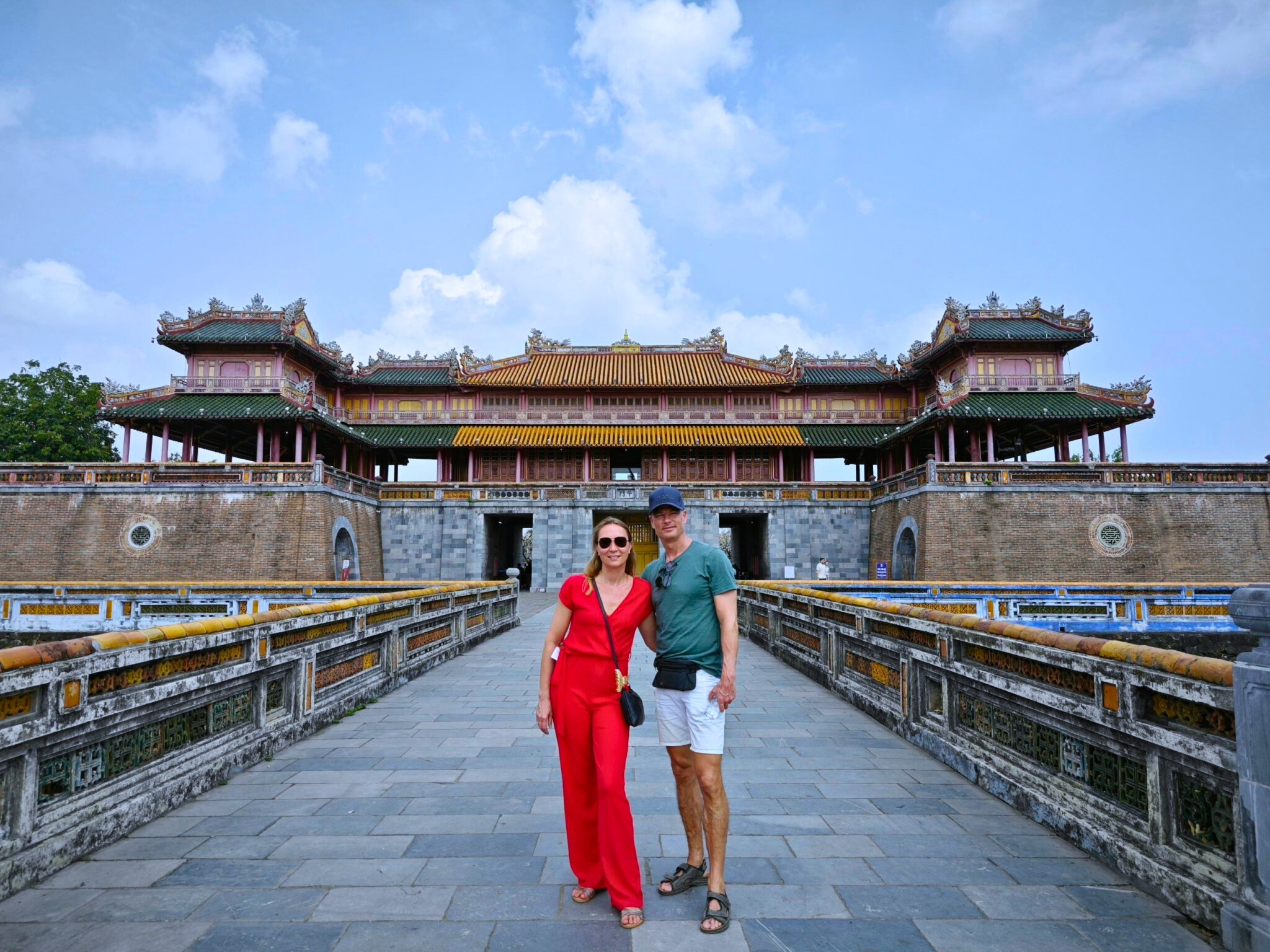Top Attractions In Hoi An City: Your Complete Guide to Vietnam’s Ancient Town
Welcome to the enchanting world of Hoi An City, where centuries-old architecture meets vibrant culture in Vietnam’s most photogenic destination. As an experienced travel guide who’s explored every corner of this UNESCO World Heritage site, I’m excited to share the top attractions in Hoi An that will make your visit unforgettable.
Why Visit Hoi An? Understanding the Ancient Town’s Appeal
Before diving into specific attractions, let’s address the burning question: What makes Hoi An Ancient Town so special? This former trading port seamlessly blends Vietnamese, Chinese, Japanese, and European influences, creating a unique cultural tapestry that attracts millions of visitors annually.
The city’s charm lies not just in its historic architecture but in its living heritage – from traditional craft villages to bustling markets where time seems to stand still. According to UNESCO’s official designation, Hoi An represents an exceptionally well-preserved example of a Southeast Asian trading port dating from the 15th to 19th centuries.
Must-Visit Historical Attractions in Hoi An
1. Japanese Covered Bridge (Chua Cau)
The iconic Japanese Covered Bridge stands as Hoi An’s most photographed landmark. Built in the 1590s by the Japanese community, this 18-meter bridge connects the Japanese Quarter with the Chinese Quarter. What makes it unique? The bridge features intricate carvings and a small temple dedicated to the northern god Tran Vo Bac De.
“The Japanese Bridge isn’t just a crossing – it’s a symbol of cultural harmony that has weathered over 400 years of history.”
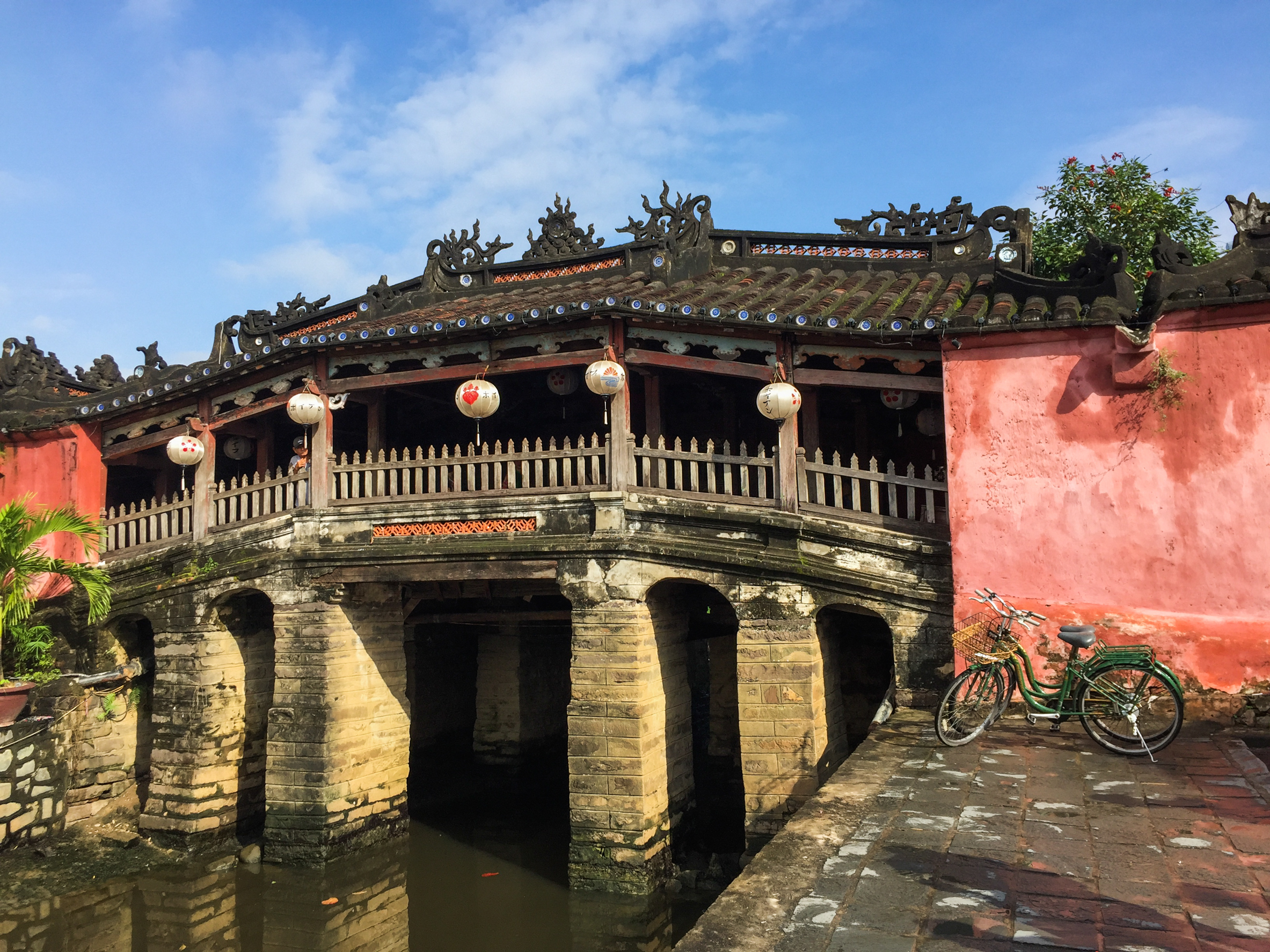
3. Assembly Halls: Windows to Chinese Heritage
Hoi An’s Chinese Assembly Halls offer fascinating glimpses into the immigrant communities that shaped the town. The most impressive include:
- Fujian Assembly Hall: Famous for its elaborate gate and colorful statues
- Cantonese Assembly Hall: Features stunning dragon sculptures and intricate woodwork
- Hainan Assembly Hall: Known for its memorial tablets honoring 108 Chinese merchants
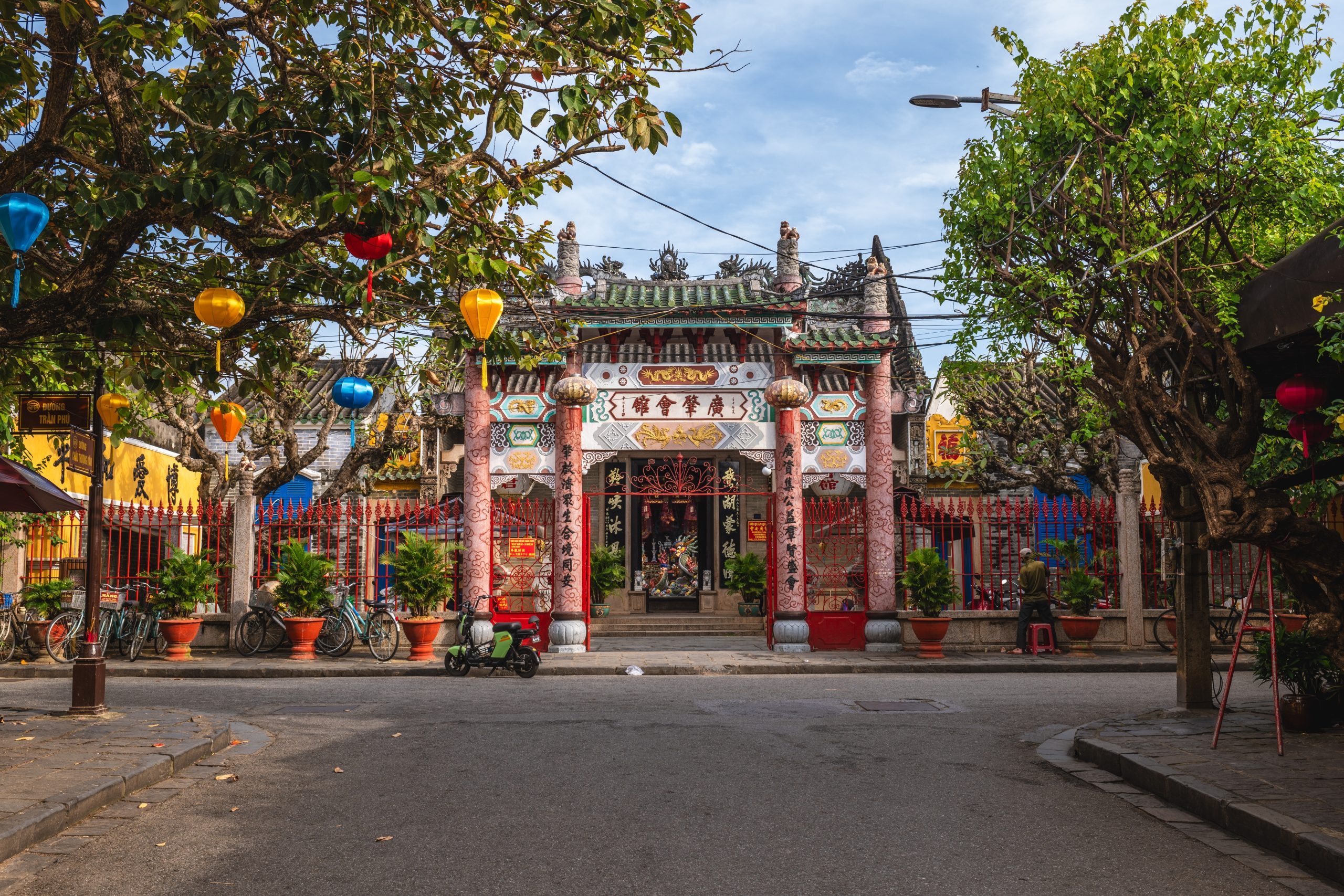
Phuc Kien Assembly Hall: This hall was founded in 1697 by the Fujian Chinese and worshiped Thien Hau, the goddess of the sea. The main hall has a splendid facade, a peaceful garden, and a magnificent altar with a large statue of Thien Hau and her assistants. The hall also displays several artifacts such as boat models, ceramic dragons, and stone turtles.
Address: 46 Tran Phu Street, Cam Chau Ward, Hoi An Ancient Town
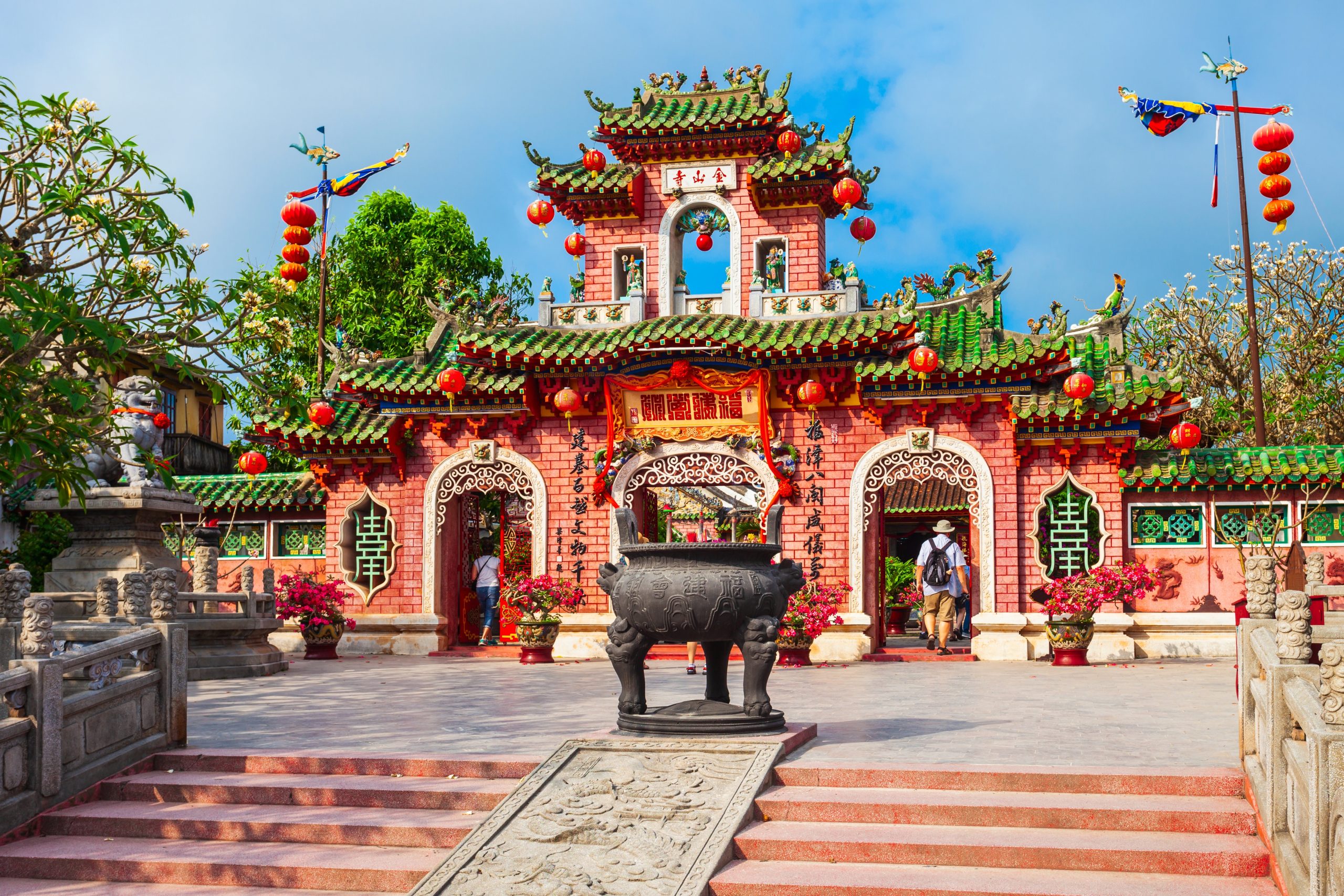
Hai Nam Assembly Hall: This hall was built by Hainan Chinese in 1875 and dedicated to 108 Chinese merchants in Hoi An. The hall has a simple but elegant design, with stone stele, bronze bells, and an altar with portraits of martyrs.
Address: 10 Tran Phu Street, Cam Chau Ward, Hoi An Ancient Town
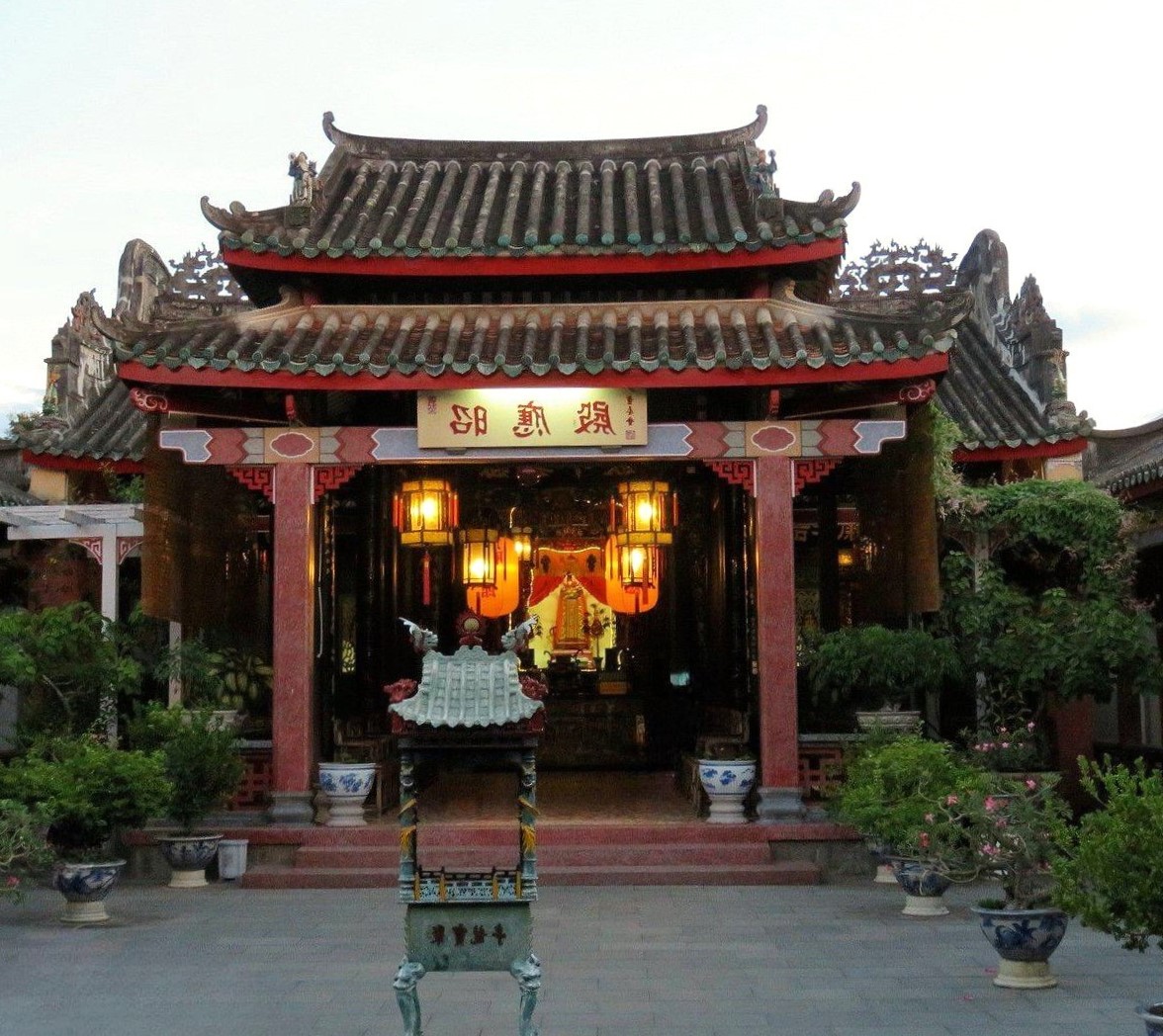
Trieu Chau Assembly Hall: This hall was built by the Chinese in Chaozhou in 1845 and worships general Fubo, a legendary figure in Chaozhou folklore. The main hall has a prominent entrance, a fish pond, and a splendid altar with statues of Phuc Ba and a dragon-horse. The hall also exhibits several crafts such as wood carving, lacquer, and embroidery.
Address: 362 Nguyen Duy Hieu Street, Cam Chau Ward, Hoi An Ancient Town
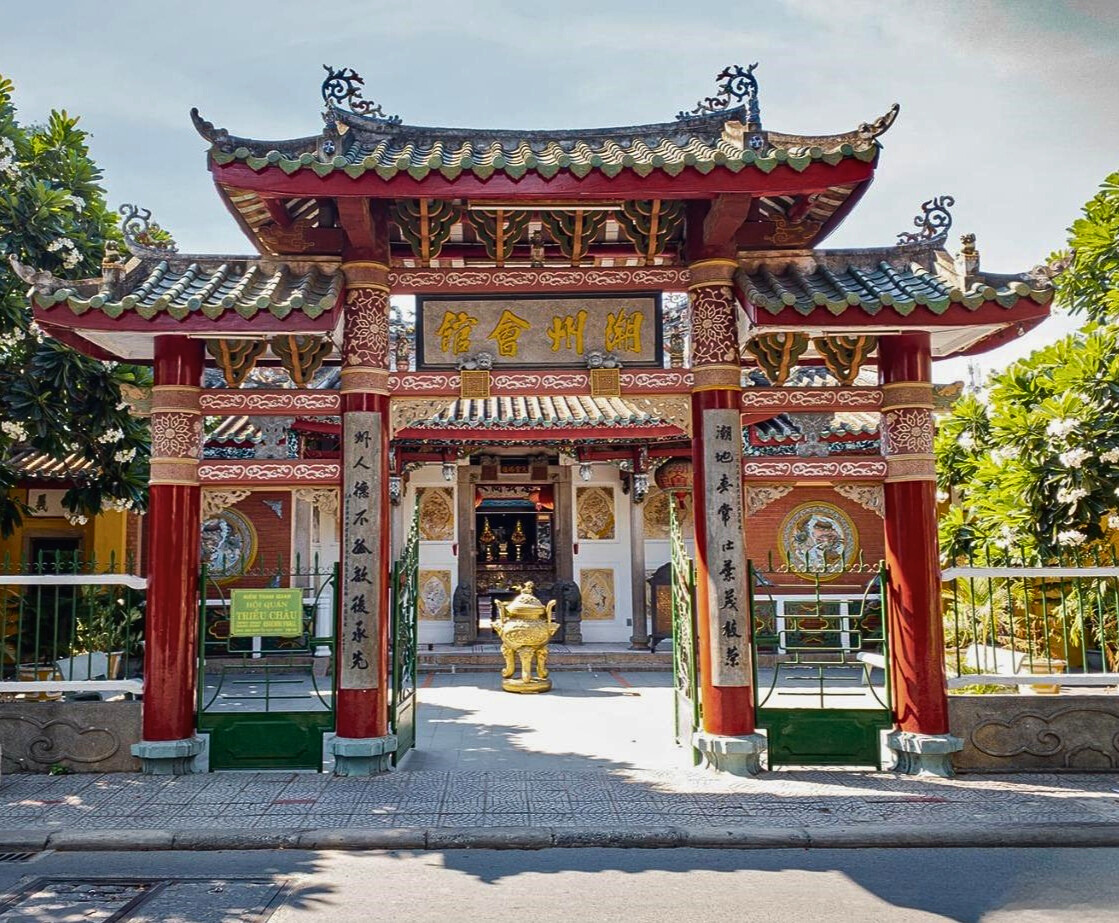
Phung Hung Ancient House
3. Tan Ky Old House
Step into the Tan Ky Old House, a 200-year-old architectural gem that showcases the perfect blend of Japanese, Chinese, and Vietnamese design elements. This merchant house has been preserved by seven generations of the same family, offering visitors authentic insights into Hoi An’s prosperous trading past.
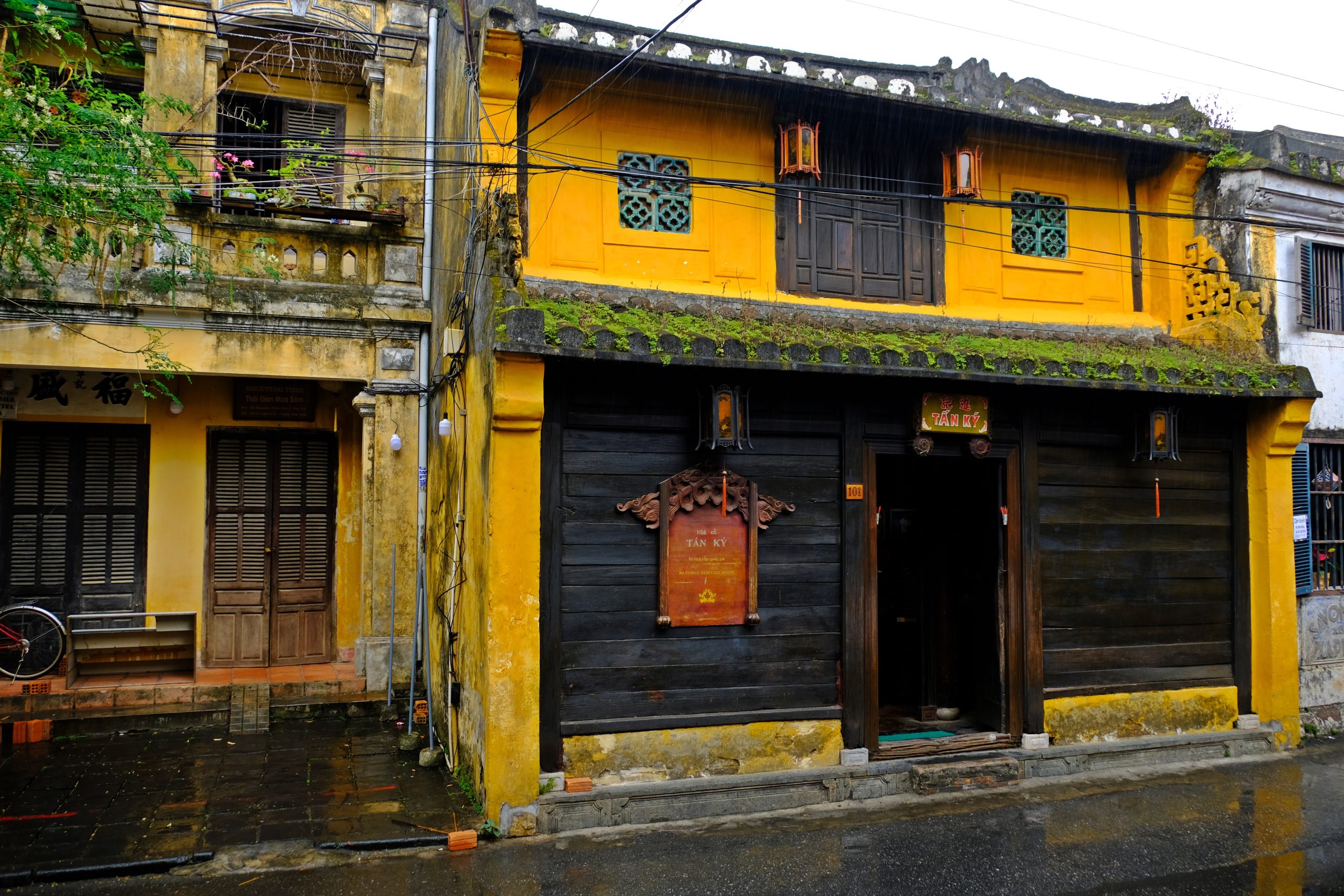
Cultural Experiences You Can’t Miss
Hoi An Night Market: A Sensory Adventure
When darkness falls, the Hoi An Night Market transforms the ancient town into a glowing wonderland. Located on Nguyen Hoang Street, this vibrant market offers everything from handmade lanterns to local street food. Pro tip: Visit between 5 PM and 10 PM for the best experience.
Traditional Craft Villages
Beyond the ancient town, Hoi An’s surrounding craft villages preserve centuries-old traditions. Consider visiting:
- Tra Que Vegetable Village: Learn organic farming techniques and enjoy farm-to-table meals
- Thanh Ha Pottery Village: Try your hand at creating traditional ceramics
- Kim Bong Carpentry Village: Witness master craftsmen at work
Beach Escapes Near Hoi An
While Hoi An’s ancient town captivates with history, its nearby beaches offer perfect relaxation spots. An Bang Beach and Cua Dai Beach lie just 4-5 kilometers from the town center, providing pristine stretches of sand and crystal-clear waters.
| Beach | Distance from Town | Best For | Facilities |
|---|---|---|---|
| An Bang Beach | 4 km | Swimming, surfing | Restaurants, loungers |
| Cua Dai Beach | 5 km | Relaxation, cycling | Resorts, water sports |
| Hidden Beach | 7 km | Solitude seekers | Basic amenities |
Unique Experiences in Hoi An
Lantern Festival: Monthly Magic
Time your visit for the Hoi An Lantern Festival, held on the 14th day of each lunar month. During this magical evening, electric lights are switched off, and thousands of colorful lanterns illuminate the ancient town. It’s a photographer’s dream and a romantic experience unlike any other in Vietnam.
Culinary Adventures
Hoi An’s cuisine deserves special attention. Don’t leave without trying these local specialties:
- Cao Lau: Hoi An’s signature noodle dish with a mysterious recipe
- White Rose Dumplings (Banh Bao Vac): Delicate shrimp dumplings shaped like roses
- Banh Mi: The world-famous Vietnamese sandwich perfected in Hoi An
- Mi Quang: Turmeric-infused noodles with herbs and proteins
Practical Tips for Exploring Hoi An
Best Time to Visit
Understanding Hoi An’s weather patterns helps maximize your experience. The ideal visiting months are February to May and August to October, when rainfall is minimal and temperatures are comfortable. Avoid October and November if possible, as flooding can occur during peak monsoon season.
Getting Around Hoi An
The ancient town is best explored on foot or by bicycle. Many hotels offer complimentary bicycles, making it easy to navigate the car-free historic center. For beaches and craft villages, consider:
- Bicycle rental: 20,000-50,000 VND per day
- Motorbike rental: 100,000-150,000 VND per day
- Taxi or Grab: Convenient for longer distances
Entrance Tickets and Fees
Hoi An operates a ticket system for accessing historic sites. One ticket (120,000 VND) grants entry to five attractions of your choice. The ticket is valid for 24 hours, so plan your route strategically.
Where to Stay: Accommodation Guide
Choosing the right location enhances your Hoi An experience. Here’s a breakdown of the best areas:
Ancient Town: Stay here for immediate access to attractions but expect higher prices and evening crowds.
Cam Pho Ward: Quieter alternative, still walking distance to main sites.
Beach Area: Perfect for combining cultural exploration with beach relaxation.
Shopping in Hoi An: From Tailors to Souvenirs
Hoi An’s reputation as a shopping paradise is well-deserved. The town hosts hundreds of tailor shops offering custom-made clothing at reasonable prices. For the best experience:
- Allow 2-3 days for tailoring orders
- Bring photos of desired styles
- Compare prices between shops
- Check TripAdvisor reviews for reputable tailors
Day Trips from Hoi An
Expand your adventure with these popular day trip destinations:
My Son Sanctuary
This UNESCO World Heritage site showcases the remains of the ancient Cham civilization. Located 40 kilometers southwest of Hoi An, My Son Sanctuary features Hindu temples dating from the 4th to 14th centuries. Book a sunrise tour to avoid crowds and heat.
Ba Na Hills
Home to the famous Golden Bridge held by giant stone hands, Ba Na Hills offers a surreal mountain resort experience. The 90-minute drive from Hoi An is worth it for the stunning views and European-style architecture.
Sustainable Tourism in Hoi An
As responsible travelers, we must help preserve Hoi An’s heritage. Consider these sustainable practices:
- Support local businesses and craftspeople
- Respect photography restrictions in religious sites
- Avoid single-use plastics
- Participate in eco-friendly tours with certified operators
Planning Your Hoi An Itinerary
Whether you have two days or a week, proper planning ensures you experience Hoi An’s best offerings. Here’s a suggested 3-day itinerary:
| Day | Morning | Afternoon | Evening |
|---|---|---|---|
| Day 1 | Explore Ancient Town sites | Visit Assembly Halls | Night Market & dinner |
| Day 2 | Tra Que Village tour | Beach relaxation | Lantern-lit town walk |
| Day 3 | My Son Sanctuary | Shopping & tailoring | Cooking class |
Final Thoughts: Making the Most of Hoi An
Hoi An offers a rare combination of historical significance, cultural richness, and natural beauty. Whether you’re drawn to its ancient architecture, vibrant markets, pristine beaches, or delicious cuisine, this charming town delivers experiences that linger long after you leave.
Remember, the magic of Hoi An lies not just in ticking off attractions but in immersing yourself in its rhythm. Take time to sip Vietnamese coffee in a riverside café, chat with local artisans, and wander lantern-lit streets after dark. These unplanned moments often become the most treasured memories.
Ready to explore more of Vietnam? Check out our comprehensive guides to Vietnam travel destinations and start planning your next adventure. From the bustling streets of Hanoi to the floating markets of the Mekong Delta, Vietnam’s treasures await your discovery.
Visit Hoi An City and experience why this ancient town continues to capture hearts worldwide. With proper planning and an open mind, your journey through these top attractions in Hoi An will create memories to last a lifetime.



